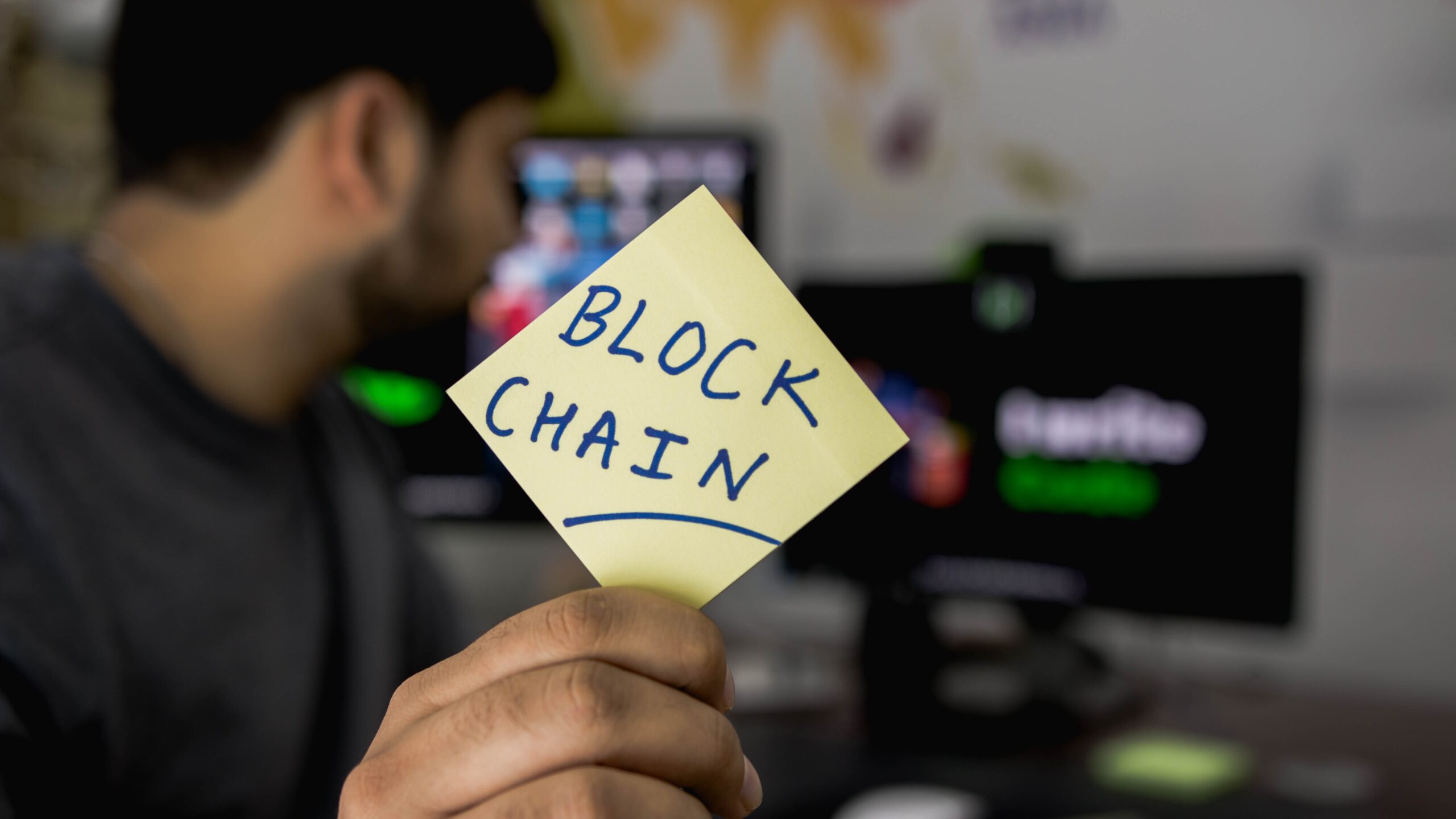#5minF – 5-Minute-Friday
The principle of the „5-Minute-Friday“ is probably known to many by now. This concept also fits perfectly for the popular podcast model. Every Friday Alex Bechtel, Jonas Gross and Michael Blaschke try to explain a question of the Bitcoin & Crypto community a little bit more in 5 minutes and briefly and crisply address the desired topic.
Distributed ledger technology (DLT) is often praised for offering significant advantages over traditional centralized databases. On the one hand, the distributed database architecture may involve many public or private participants (or nodes). On the other hand, a cleanly built distributed ledger provides a secure protocol that its supporters believe guarantees the protection of its users‘ personal information and other ghosted assets.
But does a distributed ledger have to be interoperable with another distributed ledger – or even with an off-ledger database? In today’s „5-Minute-Friday“ episode, Dr. Michael Blaschke explains why DLT interoperability could be much more anticipated in DLT implementation projects. „Interoperability-by-Design“, i.e. interoperability as an inherent design feature of a DLT application, could be a design principle to avoid „balkanization“ of the blockchain ecosystem in the future.
DLT has been central to the oft-cited „Digital Revolution“ for the past 10 years. As the COVID-19 crisis further accelerates digitization, it is likely that the number of DLT projects will continue to increase. As more and more solutions rely on DLT, it is becoming increasingly clear that the lack of interoperability is holding back the development of this technology.

Interoperability can be related to other DLT solutions, to other systems such as traditional IT solutions or even to other emerging technologies. For example, interoperability between Ethereum, Hyperledger Fabric, Corda and Quorum is already being experimented with – by the World Bank Group Technology & Innovation Lab together with the IMF’s Digital Advisory Unit.
The silver bullet to blockchain interoperability would have to allow data sovereignty to be retained without having to entrench yourself on an island of data. But whether a universal blockchain can be reconciled with the guiding principle of decentralized control of data, business processes and assets is another matter at the moment.
If you want to know what’s behind the thesis that DLT interoperability needs to be an inherent design feature of DLT applications why Michael „interoperability-by-design“ is important, feel free to listen in on the latest „5-Minute Friday“ episode.
Bitcoin, digital euro or cryptocurrencies: The future of money is being rewritten right now. With the Crypto Corner, we provide a point of orientation for crypto enthusiasts without falling into a hype. Alexander Bechtel from Bitcoin, Fiat & Rock’n’Roll regularly brings useful and interesting content about digital currencies and especially the digital euro.



